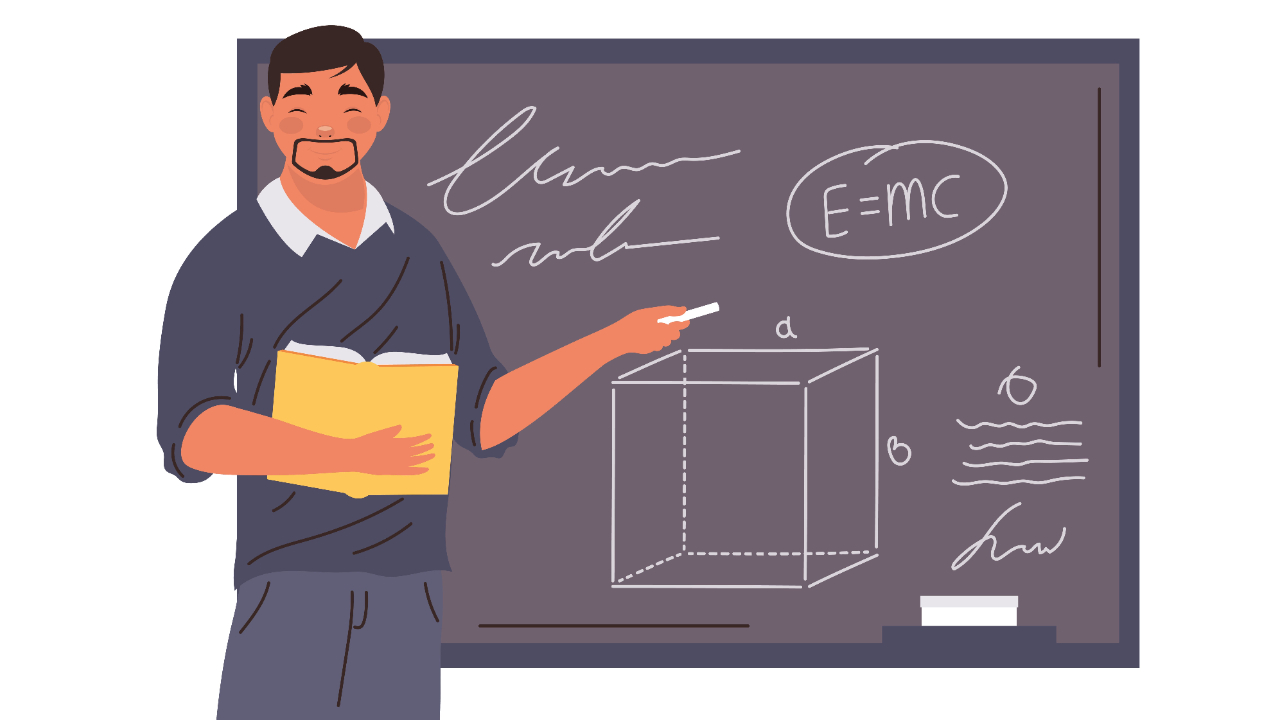
The GHOST BUST Framework: Grab – Creating a Strong Start in Learning
The GHOST BUST Framework: Grab – Creating a Strong Start in Learning
In one of my previous posts, I introduced the GHOST BUST framework, a structured approach designed to enhance student engagement and mastery in science and mathematics. If you haven’t had a chance to explore it, or if you'd like a refresher, I encourage you to read it here. Today, I’ll dive deeper into the first step: Grab, where lessons take shape to capture and focus students' attention from the very beginning.
In education, particularly in subjects like science and mathematics, there are two main approaches to teaching complex concepts:
1. The Extensive Approach: Starting with Everything
The first approach is to teach each concept in full detail from the very first lesson. Educators who follow this method aim to provide an exhaustive understanding of the topic, covering all aspects—historical context, detailed demonstrations, derivations of formulas, and practical implications.
Once the content is thoroughly covered, exercises are introduced purely to consolidate this rich knowledge base. Students are expected to absorb all the key concepts early on and then apply them in a set of pre-defined ways through practice. This approach, while comprehensive, can sometimes overwhelm students, particularly those who need more time to digest such a large amount of information.
For some students, this approach is beneficial, as it provides a clear picture right from the start. However, for many, it may feel like trying to drink from a firehose—too much information too soon, which can leave some students disengaged or confused. Those who struggle to follow everything in real-time may fall behind, with little room to explore on their own.
2. The Incremental Approach: Building Knowledge Through Exploration
The second approach introduces key concepts in a more straightforward and actionable way. Instead of presenting every detail from the outset, teachers focus on the core elements that students need to understand in order to engage with the topic.
Exercises are not just for consolidation—they play an essential role in the learning process by building up more details and helping students actively uncover the nuances of the topic. This method is particularly effective for sparking curiosity in advanced students, while still providing enough structure for those who need additional support.
By gradually revealing the complexity of the subject through guided exploration, this approach caters to a wider range of abilities and interests. Advanced students can delve deeper into the material on their own, while others can work at their own pace, gaining confidence with each exercise.
Why I Advocate for the Incremental Approach
In my experience, the incremental approach aligns perfectly with the Grab phase of the GHOST BUST framework. In this phase, the goal is to give students a starting point that equips them with the key ideas they need to move forward. Rather than overwhelming them with every possible detail, this method ensures that every student, regardless of ability, has something to work with.
This way, after the "Grab" phase, students are prepared to dive into exercises that progressively build their knowledge. More advanced students are free to explore on their own, uncovering additional aspects of the topic through further challenges. Meanwhile, others can progress at a pace suited to their ability, feeling confident as they go. This inclusive approach provides a more balanced learning environment where curiosity can flourish and mastery is achieved step by step.
What’s Next?
At Mr. Miranda Online, you’ll find the Grab phase integrated into all of our courses. Whether you're in the free ACCESS tier or ACCESS PRO or ACCESS ULTRA, each lesson begins with a clear and concise introduction to the key concepts, providing a foundation upon which students can build. This includes a well-structured video lesson and all relevant class notes to help you start exploring the topic at your own pace.
Be sure to stay tuned for my next post, where I’ll explore the Hold phase and show how to keep students engaged and motivated as they dive deeper into the material.

